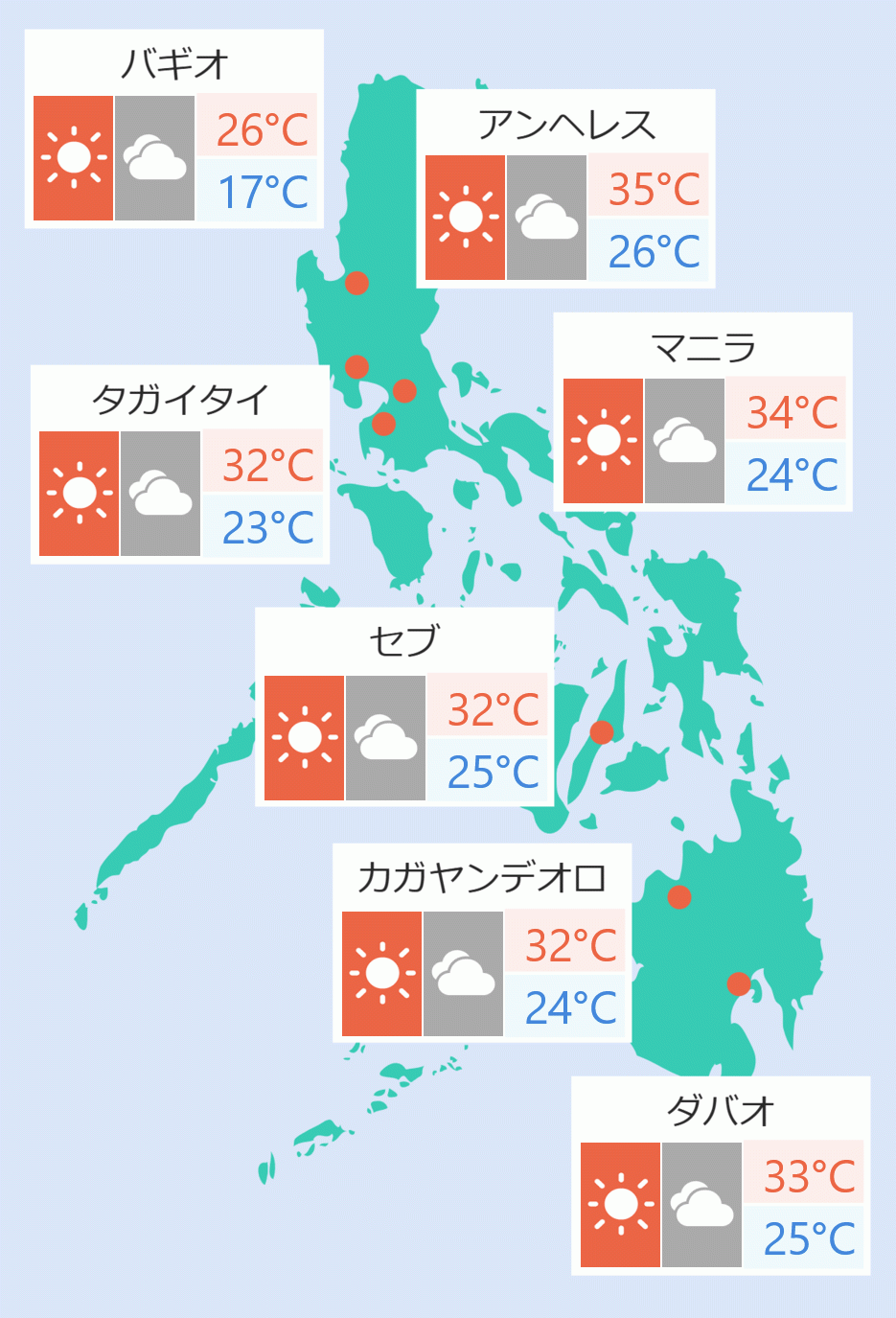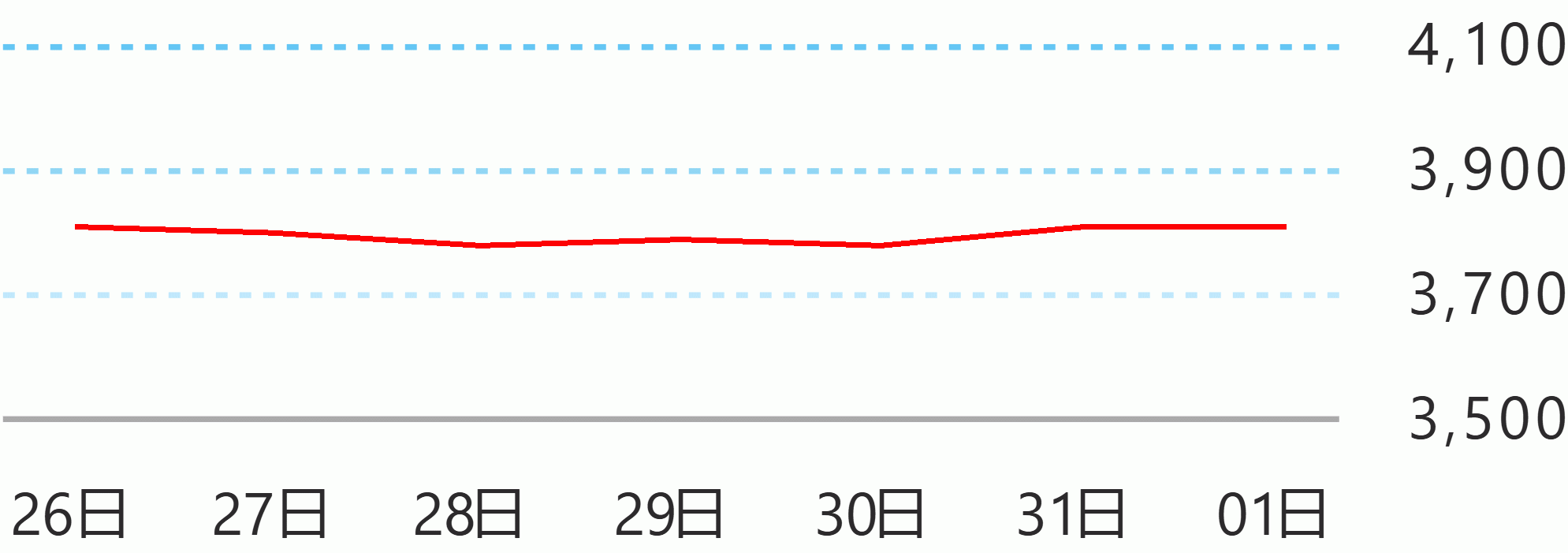Some Metro Manila cities may be ready to be placed under a more relaxed quarantine classification of modified general community quarantine, a Palace official said on Monday.
President Rodrigo Duterte may announce on Monday night new quarantine classification for various parts of the country, including the National Capital Region, after meeting with the members of the Inter-Agency Task Force for the Management of Emerging Infectious Diseases, said Presidential Spokesperson Harry Roque.
"Based on the data of the IATF, it showed that there are some cities in Metro Manila which can be placed under MGCQ," he said in a radio interview.
However, he acknowledged that it would be difficult to have various quarantine classifications in Metro Manila considering that it is one geographic unit.
"So, there's a need for the mayors to vote for only one classification for the entire Metro Manila," said Roque, also the spokesman of the IATF.
While Trade and Industry Secretary Ramon Lopez earlier underscored the need to further open up the economy by placing Metro Manila under MGCQ, Roque said the government also has to consider the need to prevent the spread of coronavirus disease.
"So, it's really a tough decision. I know the recommendation will be finalized today by the IATF and perhaps tonight the President will have a decision," Roque said.
According to San Juan City Mayor Francis Zamora, the NCR local chief executives have recommended to the IATF to further extend the GCQ status in Metro Manila for the entire month of October.
During the IATF meeting, Roque said the letter of Iloilo City Mayor Jerry Treñas calling to lift the modified enhanced community quarantine in the city and bring it back to GCQ will be acted upon.
The IATF placed last week Iloilo City under MECQ until October 9 due to sudden rise of COVID-19.
Health Undersecretary Maria Rosario Vergeire, in the televised press briefing, said that various factors - not just the case doubling time and mortality doubling time - have to be considered in coming out with the new quarantine classification.
She said for the quarantine classification in October, the IATF would be using a "more sensitive indicator, which is the growth in the number of (COVID-19) cases for the past two week."
Under the new indicator, government experts would compare the cases for the current two weeks from the previous two week in each place in the country.
"This is more sensitive because we can see the true picture of the community. We can see and we're also looking into daily attack rate in order to see the increase or decrease of the cases in those places that we're monitoring," she said.
While the government would still use the case doubling time and mortality doubling time, Vergeire said they would just serve as an overall guide and could be used for analysis for the overall trends of the country.
As of September 27, COVID-19 cases in the Philippines rose to 304,226, of which 46,372 are active cases, 252,510 have recovered, and 5,344 have died. Celerina Monte/DMS





 English
English










